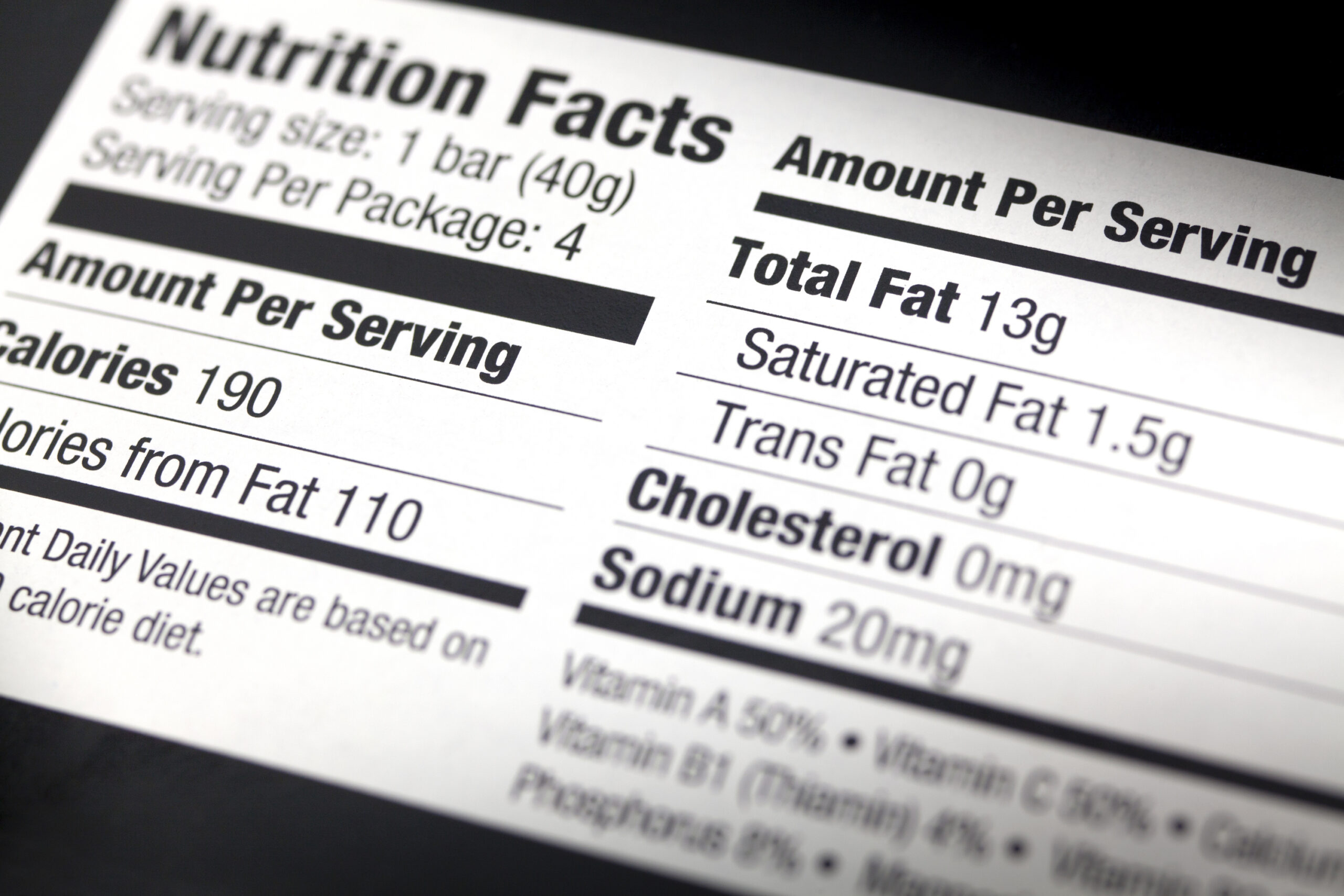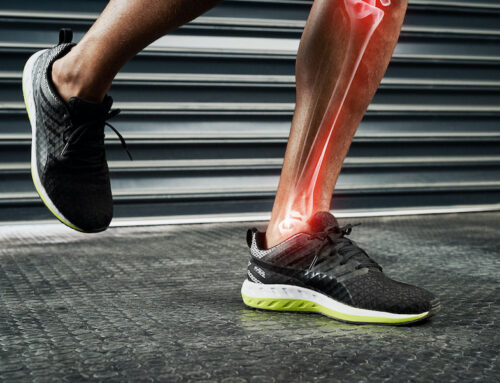I’m annoyed. I’ll set the scene by giving a little background info as to why…
So today (Friday), is a ‘steady state swim’ followed by an interval run later in the afternoon as part of my training package for IRONMAN Mallorca. Naturally, I fuelled for my swim with breakfast a coffee or two and then some ‘simple’ carbohydrates 1 hour before my swim. Following my swim, I usually get some more ‘simple carbohydrates’ to bridge the gap, keep my energy levels up and keep me energised for session number two of the day.
Now, this all seems good and well but between nibbling away at my chocolate bar and deciphering the data from my swim/ comparing to previous efforts and projecting future swims I fell into the food labelling rabbit hole. Normally, I would say chocolate (or anything else refined) isn’t the best thing to be eating, but as my heart rate is up already, my body would favour carbohydrates in its simplest form, I.E refined/ high sugar/ glucose type stuff, and either use it almost immediately or store it, good to go without all of the digestion and calorific process that happens with more complex carbohydrates.
It’s not often I sympathise with anyone, over anything and in most cases casually ask what one would accept but still, (and I know I’ve written about this topic before) food labelling is confusing, difficult to understand despite the childish traffic light system that is easily ignored and leaving you, the consumer almost roadkill-like to the oncoming weight gain juggernaught.
Why can’t they just tell us in simple terms what’s in this shi-tem (penny will drop) we’ve bought. Now, as I said, I’m not overly bothered for me, in these circumstances because I want energy. Fast, hard, cold energy and that’s what I got. All 232 kilocalories worth, to be exact BUT ONLY AFTER I DID THE MATHS.
The attached example shows information for 24g of this 48g chocolate bar yet to the unsuspecting consumer the ENTIRE chocolate bar makes up two portions and you’re lead to believe its actually one. It tells you the information for 100g worth, which is pointless info considering the two portions are less than half of that. It tells you what one portion is worth but only tells you that half of it is one portion in the tiniest writing in a place on the wrapper that nobody looks at! Again… utterly pointless. I know this isn’t the technical stuff or jargon simply explained which you’re used to seeing, or a tasty recipe that we sometimes post but if it helps one or two of you understand that labelling isn’t clear, and it IS there to trip you up or make you fail then its job done. If you’re following a calorie restrictive diet, which I know a lot of people do, then deciphering the waffle on wrapping is definitely something you need to get to grips with.
Tip 1; always, ALWAYS read the packet and look for ingredients you want to be in there. The more of an ingredient there is in something, the higher up the list of ingredients it will be for example, Pork Sausage, Ingredients – 87% Pork. The % value in its self is important, anything less than 87% give it a miss…
Tip 2; Always look for weights on the packet, this will help you work out how many portions are in the packet when you read the nutritional values.
Tip 3; Don’t fall into the trap of thinking reduced fat is low, or fat free it simply means what it says. Fat Free means it is free from fat, Low Fat means it has less than (and has to by law) less than 3g of fat per 100g. It is for this reason (if anyone is a SW/ WW kinda person) Basmati or Wholegrain Rice are ‘Free or Pointless’, yet ‘Egg Fried Rice’ is a sin, carries points and seen as a ‘bad carb’ on their regime which in truth is BETTER than the sliced wholemeal bread you can have as a ‘Healthy Extra’. Reduced fat means it simply has reduced amounts of fat but still can be high in fat IE most sausages.
Tip 4; It can almost be guaranteed that anything in a packet is going to be worse for you than stuff that doesn’t come in a packet. Most packaged items are usually processed to a degree. Stick to your top quality raw ingredients from local providers especially for meat & fish, eggs & dairy, fruit & veg. IF you resort to packet items, refer to tip number one, and go from the top to establish whether its actually what its chalked up to be…
Sympathies aside, the big companies selling crap products will only fulfil the bare minimum requirement to make them legal to sell. They’re not your mate, and have no interest in your weight loss goals. Always read the packet!
PS, the item in question was a Galaxy Caramel, even the ‘snack size’ bar is enough for two people!







 >
>

Leave a Reply